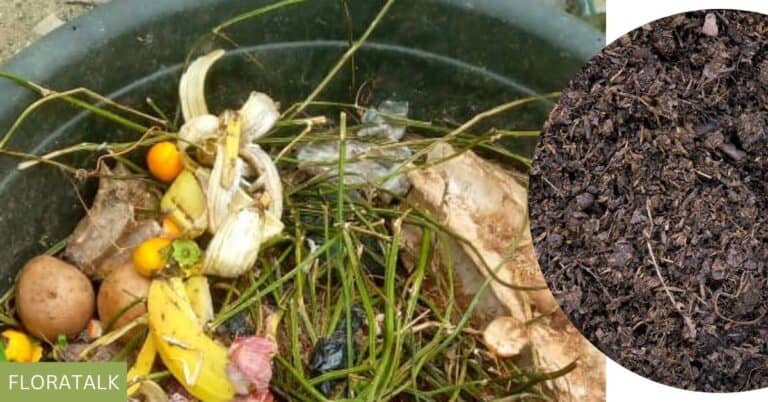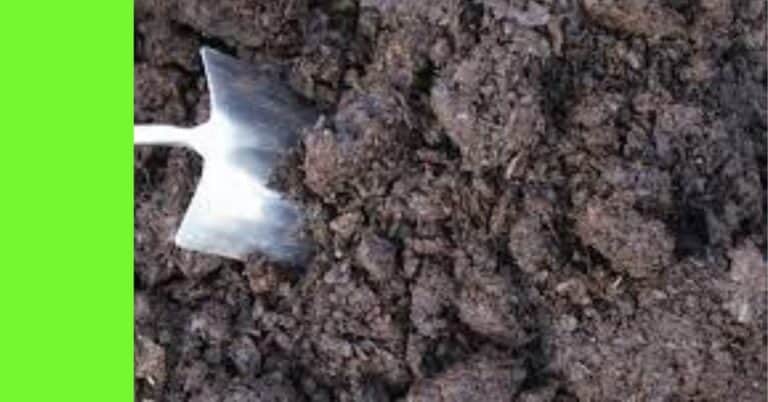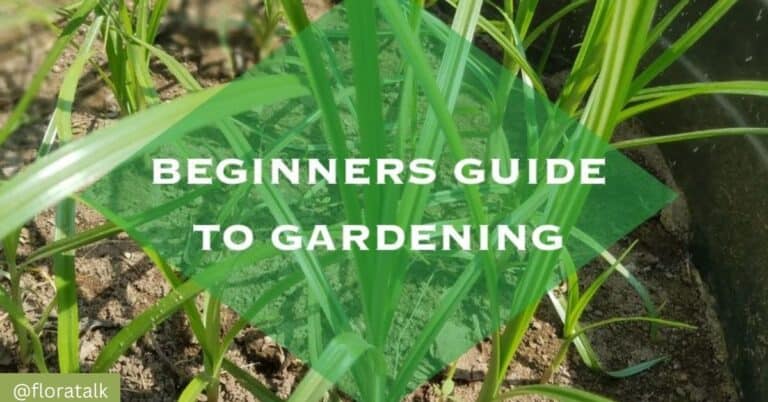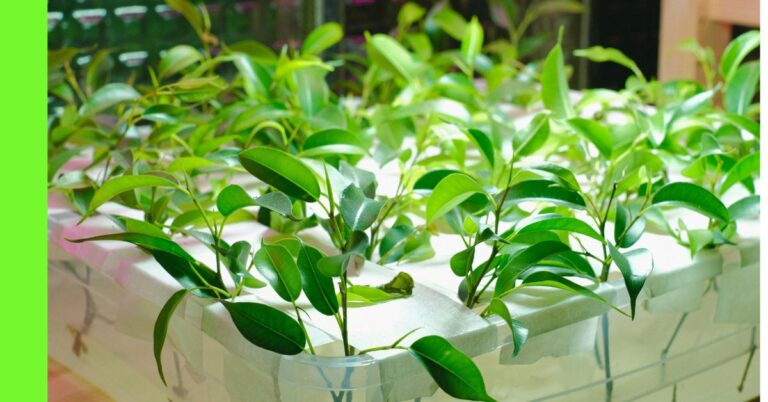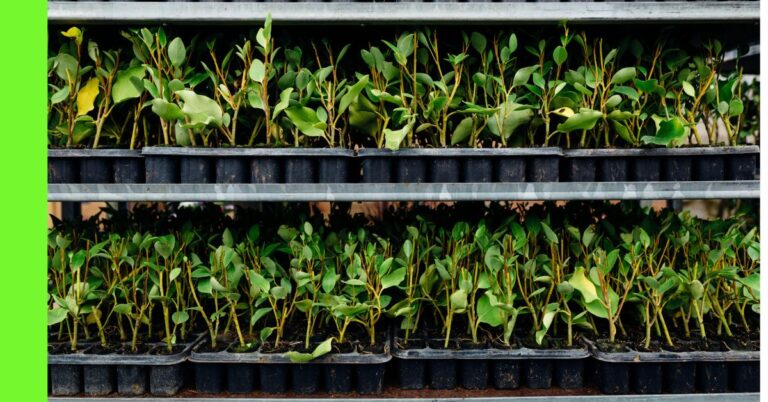7 Proven Ways To Improve Your Soil Fertility

Soil fertility is the goal when you use focused strategies to enhance garden soil that is overly heavy, light, low in nutrients, or compacted.
A rich soil supports active soil life that aggregates soil particles, decomposes organic matter, releases nutrients, and, most critically, creates humus.
Humus is essential for healthy, intact soil life and soil fertility.
Soil improvement practices can increase the quality and productivity of soil.
An increasingly popular strategy to improve soft soils worldwide is soil treatment and structural improvement by adopting an affordable and environmentally friendly method.
Plants require proper soil conditions to get optimal outcomes.
Improving the soil with lots of organic matter, such as compost, aids drainage and aeration on heavy soils while conserving crucial moisture on light soils.
Healthy soil is fundamental for lucrative, productive, and ecologically friendly agricultural systems.
Learning about soil processes and using successful procedures to improve soil quality can result in a long-term soil management system that improves plant growth and environmental quality.
For a short overview, here are some steps you can do to improve soil fertility in the long run:
Add Humus To The Soil
When we plant, we often start with good soil as much as possible to get the best harvest in season.
But as time goes on, the nutrients deplete.
Even though you start with healthy soil, it is critical to revive it because by the end of the season, you will have extracted all of the nutrients.
In organic gardening, there is a relationship between you and the earth; it is simply a give-and-take.
The quickest way to healthy garden soil is to obtain humus and apply it throughout the garden.
For individuals who find high-quality topsoil or mature compost too expensive, high-quality potting soils can be made at home.
Check out this guide to producing your compost.
Remove Soil Compaction
Soil compaction hinders plant growth in a variety of ways;
On the one hand, fine roots face significant opposition during growth, making the entire root system shorter and more sensitive to dryness.
In contrast, a scarcity of oxygen can quickly emerge in compacted soils, particularly after rainfall when water cannot quickly drain away.
Mechanical compaction removal techniques include deep digging, raking, and milling using a garden spade, fork, and rake.
To buttress this very important point, we will look at a few steps in carrying out this process:
Step 1: A spade works best for soil that has never been dug; for previously cultivated land, you can fork through to the depth of the tines.
Thoroughly break up any large clods or lumps to relieve compaction.
Step 2: Add well-rotted manure, bagged or homemade garden compost.
Before digging or forking it in, add at least 5 cm of organic matter to the surface.
Soil microbes benefit more from these organic fertilizers than from inorganic ones.
Step 3: To incorporate the organic matter, dig deeply again, mixing it into the soil to the depth of the spade or fork tines.
Step 4: Firm the earth with your heels as you tread the area.
Using the back of a fork, break apart large lumps of soil if needed.
Step 5: Rake the ground to remove pebbles and stray weed seedlings. This will also produce a level layer for seeding or planting.
Make and Preserve Humus
Humus can be accumulated in your soil if you handle it properly.
Humus management considers soil pH, temperature, tillage, and nutrient delivery to achieve the ideal balance of humus decomposition and accumulation.
It is founded on using organic materials such as mulch, fertilizers, plant wastes, and manure.
Practice Mulching
Mulching promotes healthy soil by retaining moisture and nutrients.
It also saves time by reducing the need for fertilization, weeding, and watering operations.
Your garden’s mulching should also be climate-appropriate.
For example, thicker mulches work best in hot and dry climes, where moisture evaporation is higher.
Conversely, lighter mulches are typically favoured in rainy climates where the soil requires solar heating but also needs erosion control.
Regulate PH Value
Soils can be more or less alkaline or acidic, depending on the underlying rock.
Acidic soils allow humus to build up, but plants cannot access or release the nutrients.
Humus seldom accumulates on alkaline soils, which prevents plants from absorbing other nutrients.
Bark humus can lower too-high pH levels, whereas lime can raise too-low pH levels.
Most plants do well in a pH range of 5.5 to 7.0.
Plant Cover Crops
The most incredible crops to incorporate into your soil-improvement strategies are cover crops.
This is due to their ability to provide nutrients and organic matter, regulate aeration and drainage, aid significant soil creatures, and provide mulch during extreme weather conditions.
In addition to being planted primarily with other crops at any time of year, cover crops are frequently cultivated in August or early October to germinate during extreme weather conditions.
Reduce Tillage
Tillage removes soil, resulting in poorly structured soil that prevents roots from spreading freely to take advantage of moisture and nutrients.
Switching to cover crops, which allows the soil to be tilled without machinery or other mechanical devices, reduces or eliminates the need for tillage.
This also has a number of advantages, including a decrease in production costs and soil erosion and an adjustment to soil productivity.
In conclusion
These strategies can benefit plants and the larger environment, resulting in healthier, more productive soil.
Increased plant growth and a decreased requirement for synthetic fertilizers result from improved soil fertility and structure.
Healthy soil supports various microbial life that aids in disease prevention and nutrient cycling and also fosters plant resilience.
Mulching and reduced tillage are other techniques that help preserve soil moisture and reduce erosion.
Both can safeguard water quality and avoid sedimentation in streams.
These techniques support a sustainable farming system that is advantageous to the surrounding area and provides excellent ecological equilibrium.
See Also How To Prepare Your Soil For Better Yield
I hope this article was helpful.

